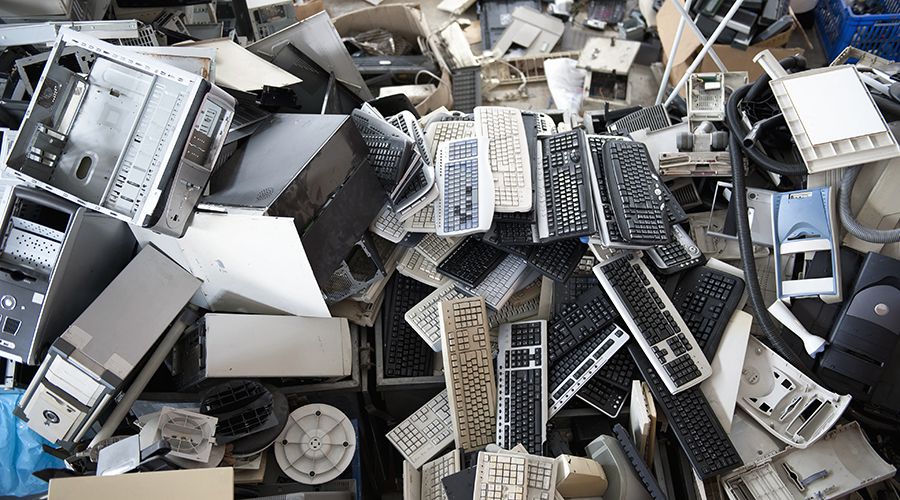Programmed obsolescence. A commercial strategy that has proven itself for decades now. But today in a world where everything is perishable, the consumer is no longer fooled and has the means to make it known. Thank you Internet and social networks.
Brands will have to come to terms with this, and improving the lifespan of their products must become a leitmotif. But this transformation will take time. While waiting for this small revolution, how to fight against the programmed obsolescence of everyday objects? Can 3D printing, a technology that is in vogue among individuals, enable us to fight this consumer plague in the more or less long term?
The fashion is to create small replacement parts via 3D printing thanks to the after-sales service of some brands. This is a good idea, on paper. But it requires several things: the customer must have access to a 3D printer, but more importantly to the 3D files. And that's where the problem lies. Even if today access to a 3D printer has become more democratic, individuals cannot always remake defective parts because 3D models are rarely available. Some brands are now interested in the possibility of making replacement parts in 3D printing, but in this experimental phase, they do not, for the moment, make the 3D files of their product parts available.
Access to files is not the only problem for 3D printing to fight against programmed obsolescence. Two other parameters must be taken into account: the mechanical characteristics of materials and manufacturing costs.
Regarding the mechanical characteristics, it is necessary to compare the intrinsic quality of the original part with that of the part produced by 3D printing. To date, some materials are not available in 3D printing. For example, a part made of Polyamide 6.6 filled with 50% glass fibers will not be feasible in 3D printing because, at present, this material is not available on additive processes. Another point to consider: the appearance. A part made with a 3D printer is a raw part. It will not be similar to the original part in terms of rendering and certain aspects can only be obtained with subsequent finishing work: sanding, painting, marking, chroming, etc.
Beyond this eventual finishing work which will increase the price, the realization of a single piece can be expensive and raises the question of profitability. Isn't it better to buy a product as a whole rather than to want to remake a single part for an almost equivalent amount?
In summary, at present, 3D printing still has some limitations to effectively fight against programmed obsolescence. The professional does not necessarily accompany the individual in this process by not providing the appropriate files. Moreover, it is important to realize that the use of 3D printing is not always possible for all products.
However, even if in the short and medium term, this technology does not seem to be the miracle solution to extend the life of products, it is clear that its evolution could lead to a solution in the longer term. The future prospects and applications of 3D printing are constantly evolving, and we can believe that this technology will adapt to become a possible solution to product obsolescence. To be continued...

